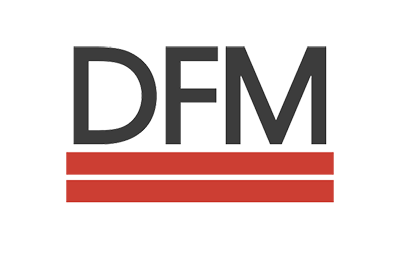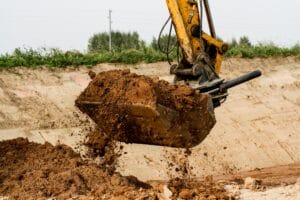Utility mapping is essential whenever anyone considers construction projects in built-up areas. Understanding where water mains, electricity lines, gas pipes, and internet cables lie helps to avoid damage, improve construction planning, and reduce risks.
Unfortunately, numerous myths surround utility mapping, leading to unrealistic expectations and false beliefs about what’s detectable. These misunderstandings prevent project managers, property owners, developers, and general contractors from leveraging information effectively, leading to damage, financial loss, and even legal action.
So, what are these myths? Let’s take a look:
The 811 Service Can Locate All Utility Lines
The first myth is that the 811 Service can locate all utility lines and buried infrastructure. The “Call Before You Dig” nationwide program is famous for helping residential homeowners and contractors find pipes and cables before excavation. It even advertises the ability to call just two business days before digging to get a representative to arrive at a property and mark the locations of buried lines.
Unfortunately, the 811 Service doesn’t always include private utility lines. Consequently, it may not mark ground accurately if boxes, meters, and transformers are on the owner’s side of the boundary.
You Can’t Detect Non-Metallic Utilities
Another myth is that you can’t detect non-metallic utilities. Property owners and contractors sometimes falsely believe the only available method is subterranean metal detection.
However, other methods are available. For instance, some businesses, like DFM, use ground-penetrating radar (GPR). This non-invasive technology sends radio waves through the ground that reflect off buried objects, similar to sonar. Computer software can take these inputs and use them to recreate images of underground installations based on the reflectivity of the cabling. Additionally, GPR helps detect voids and provides engineers with depth and dimensions information.
Acoustic methods are another approach that doesn’t rely on metal being present in pipes and wires. These use ultrasonic waves directed into the ground that bounce off buried utility lines before reentering a receiver for computer reconstruction.
Various other methods also exist, including direct connection and induction (inserting a transmitter into buried lines and using receivers to detect magnetic fields). None of these require invasive excavation or the presence of metal.
You Only Need To Perform Utility Mapping Once
The idea that contractors or project owners only need to perform utility mapping once is also a myth. That’s because subterranean cabling situations can change yearly on any site. Mappings from twenty years ago may be wildly inaccurate.
Furthermore, older surveys may be more erratic because engineers used no-frills methods more easily foiled by obstructions in the past. Utility mapping services now use more advanced equipment and multiple techniques to determine utility line layouts below ground.
Performing a new mapping lets you confirm the existing underground structure of utilities. “Marking out” gives you confidence you aren’t going to damage current lines.
Mapping Is Always Accurate
Another myth is that mapping is always accurate. While advances in technology make today’s tools better than ever, errors are still possible.
For example, tools may sometimes throw up false positives. Ground-penetrating radar or ultrasound might indicate the presence of pipes underground when it is, in fact, just an old tree root. Tools can also throw up false negatives when they fail to detect lines that are there.
Furthermore, the accuracy of mapping depends on the operator’s experience. Novice contractors and project owners can struggle to interpret grainy outputs on monitors, and even more seasoned professionals can find it hard.
Existing Utility Maps Are Reliable
The final myth is that existing utility maps are always and everywhere 100 percent reliable. Property owners and contractors assume that previous surveys are gospel and 100 percent accurate when they are not.
However, as discussed, older maps can be problematic. For example, they may not contain any lines property owners installed after their creation. Also, many relied on out-of-date tools that couldn’t penetrate underground obstructions.
Call the DC metro region’s Utility Mapping experts.
If you are considering performing any digging or excavation, ensure you do the proper due diligence first, even if you believe existing maps are accurate.
The consequences of not mapping utility lines can be substantial and include:
- Damage to underground utilities, including burst water and gas pipes that risk flooding and fire
- Serious safety hazards, including cutting into live electrical wires that pose an electrocution risk
- Delays and project overruns due to unforeseen encounters with sub-surface lines
- Legal liabilities relating to improperly marking utility lines before beginning work
DFM can assist you if you require reliable utility mapping. Contact us today for more information on how we can support you.




